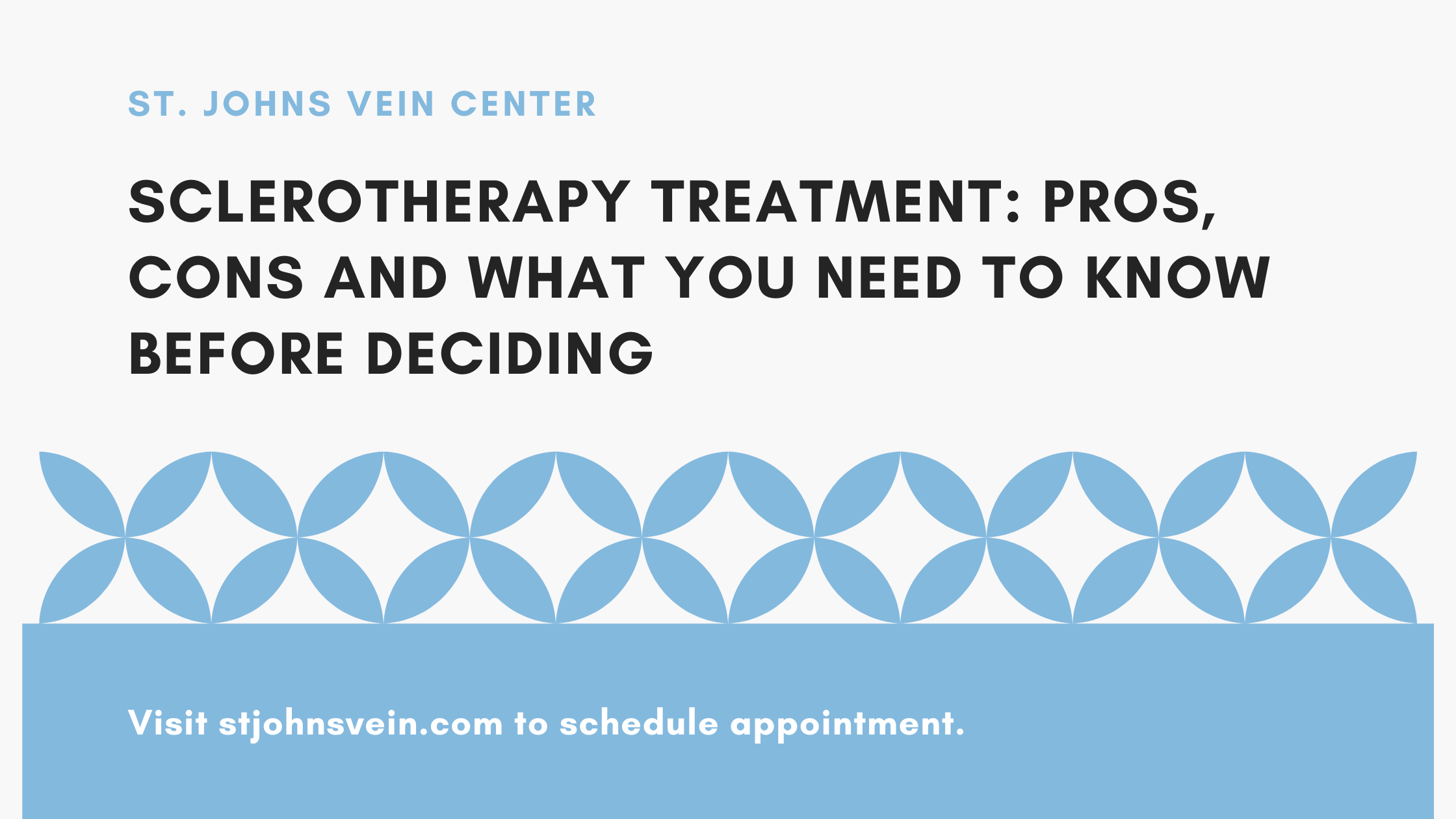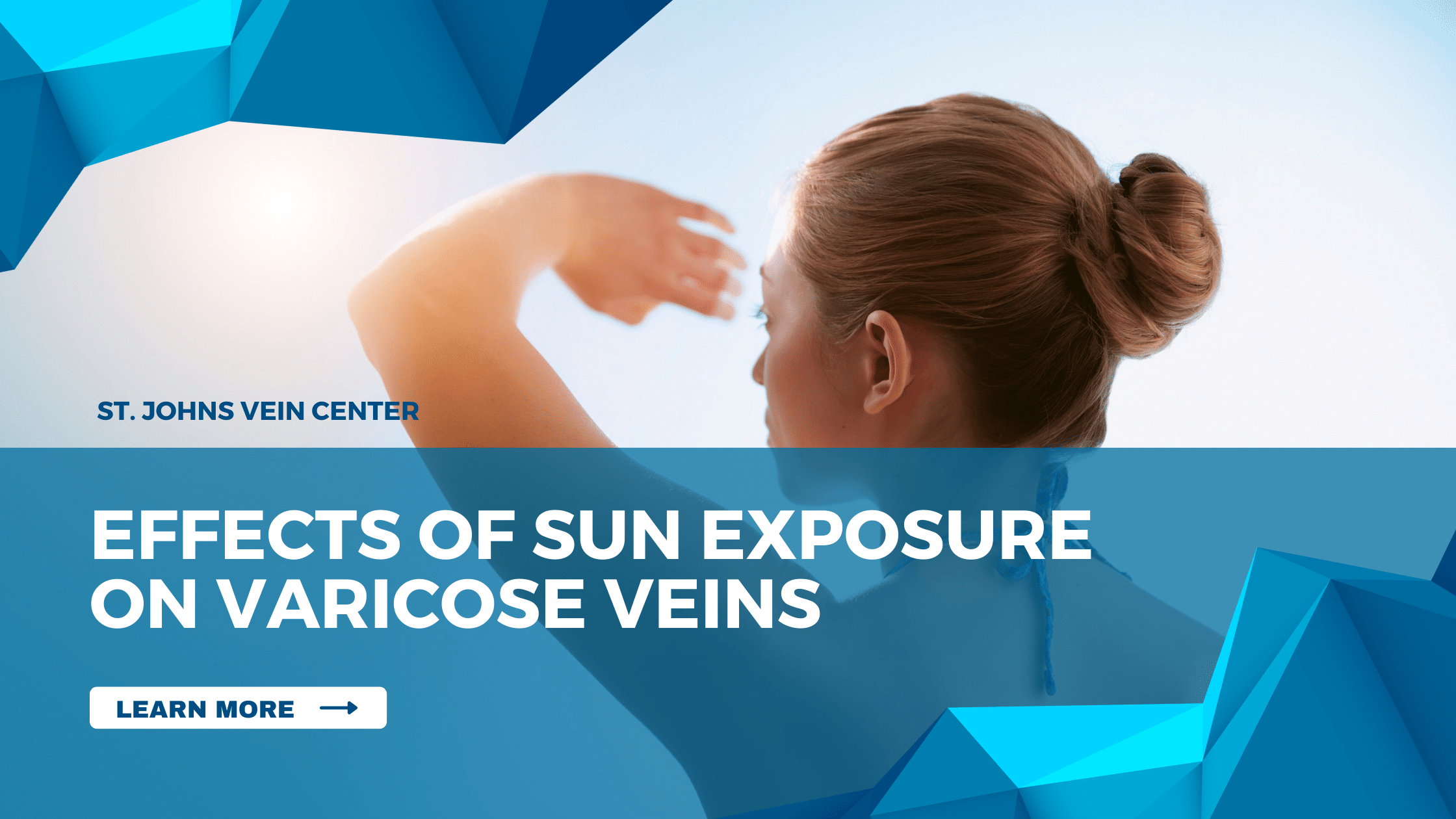Suffering from spider veins? Considering sclerotherapy treatment to rid yourself of them? Before you make a decision, it is important to be aware of all the pros and cons of this type of treatment. In this article, we’ll discuss all you need to know so that you can make an informed decision.
Introduction to Sclerotherapy Treatment
If you are considering sclerotherapy to treat your spider or varicose veins, it is important to understand the pros and cons of the treatment. Sclerotherapy involves injecting a solution into the veins, which causes them to collapse and disappear. The procedure is relatively simple and can be done in your doctor’s office. While sclerotherapy is generally safe, there are a few potential side effects that you should be aware of before deciding if this is the right treatment for you.
The biggest pro of sclerotherapy is that it is an effective way to get rid of unsightly spider or varicose veins. The results are usually visible within a few weeks and the treated veins will gradually fade away. There is no surgery required and the procedure is relatively quick and painless.
There are a few potential downsides to sclerotherapy as well. One of the most common side effects is bruising around the injection site. This usually goes away within a week or two but can take longer in some cases. There is also a small risk of developing blood clots after the procedure, which can be serious if they travel to your lungs or brain. If you have any concerns about these risks, be sure to discuss them with your doctor before getting sclerotherapy treatment.
What is Sclerotherapy Treatment?
Sclerotherapy treatment is a minimally invasive procedure used to treat spider veins and varicose veins. A small needle is used to inject a solution into the vein, which causes it to collapse and eventually disappear.
Sclerotherapy is an effective treatment for spider veins and varicose veins. It is safe, minimally invasive, and has minimal side effects. The results of sclerotherapy are usually permanent, although some people may require additional treatments to maintain results.
If you are considering sclerotherapy treatment, it is important to consult with a board-certified vascular surgeon or other medical professional who specializes in the treatment of vascular diseases. They will be able to determine if sclerotherapy is right for you and answer any questions you may have about the procedure.
Benefits of Sclerotherapy Treatment
Sclerotherapy is a treatment for varicose veins and spider veins. It involves injecting a solution into the vein, which causes the vein to collapse and disappear.
There are many benefits of sclerotherapy, including:
- It is a minimally invasive procedure.
- It is relatively painless.
- There is no scarring or bruising.
- The results are usually permanent.
- It can be done in a doctor’s office or outpatient setting.
- It is a safe and effective treatment for most people.
Risks and Side Effects
Before undergoing sclerotherapy, it is important to be aware of the potential risks and side effects associated with the treatment. While the majority of patients do not experience any serious problems, some may develop bruising, swelling, or itching at the injection site. In rare cases, sclerotherapy can lead to more serious complications such as blood clots or allergic reactions. If you have any concerns about the risks and side effects of sclerotherapy, be sure to discuss them with your doctor prior to treatment.
Preparing for the Procedure
Sclerotherapy is a minimally-invasive procedure used to treat spider veins and varicose veins. It involves injecting a solution into the vein, which causes it to collapse and fade away.
The procedure is usually done in the doctor’s office, and takes about 30 minutes. You may need more than one treatment, depending on the size and number of veins being treated.
Before having sclerotherapy, your doctor will likely do a physical exam and ask about your medical history. They’ll also take pictures of your veins. This is so they can plan the best treatment for you and track your results over time.
You should avoid sun exposure before and after sclerotherapy, as this can make the treated area more likely to blister or scar. Your doctor may also recommend that you take aspirin or another blood thinner for a few days before the procedure to reduce bruising.
In most cases, sclerotherapy is a safe and effective way to get rid of unsightly spider veins and varicose veins. However, like with any medical procedure, there are some risks involved. These include bruising, pain at the injection site, swelling, itching, redness or darkening of the skin around the injection site (hyperpigmentation), and formation of blood clots.
If you’re thinking about having sclerotherapy to treat your spider veins or varicose veins, be sure to talk to your doctor first so you can learn more about
Aftercare Guidelines
After your sclerotherapy treatment, there are a few things you need to do in order to ensure the best results. First, avoid any strenuous activity or sun exposure for at least 24 hours. This will give your body time to heal and the sclerosing agent time to work. Second, make sure to keep the treated area clean and dry. You may be instructed to use a special soap or ointment. Third, wear compression stockings as directed. These help reduce swelling and bruising. Fourth, follow up with your doctor as scheduled.
Alternatives to Sclerotherapy
There are a few alternatives to sclerotherapy that your doctor may suggest. These include:
-Surgery: This is usually only recommended if you have very large varicose veins that are causing significant pain or other problems. Surgery involves stripping the vein from your leg and is usually done under general anesthesia.
-Endovenous laser therapy: This treatment uses a laser to heat and seal the varicose vein. It’s less invasive than surgery and can be done in your doctor’s office.
–Radiofrequency ablation: This treatment also uses heat to seal the vein, but it uses radio waves instead of a laser. Like endovenous laser therapy, it’s less invasive than surgery and can be done in your doctor’s office.
Conclusion
Before deciding to undergo a sclerotherapy treatment, it is very important to weigh the pros and cons of this procedure carefully. It is also crucial that you choose a highly qualified professional who will be able to carry out the procedure safely and effectively. We hope that this article has provided you with all the information you need about sclerotherapy so that you can make an informed decision regarding your health care needs.




